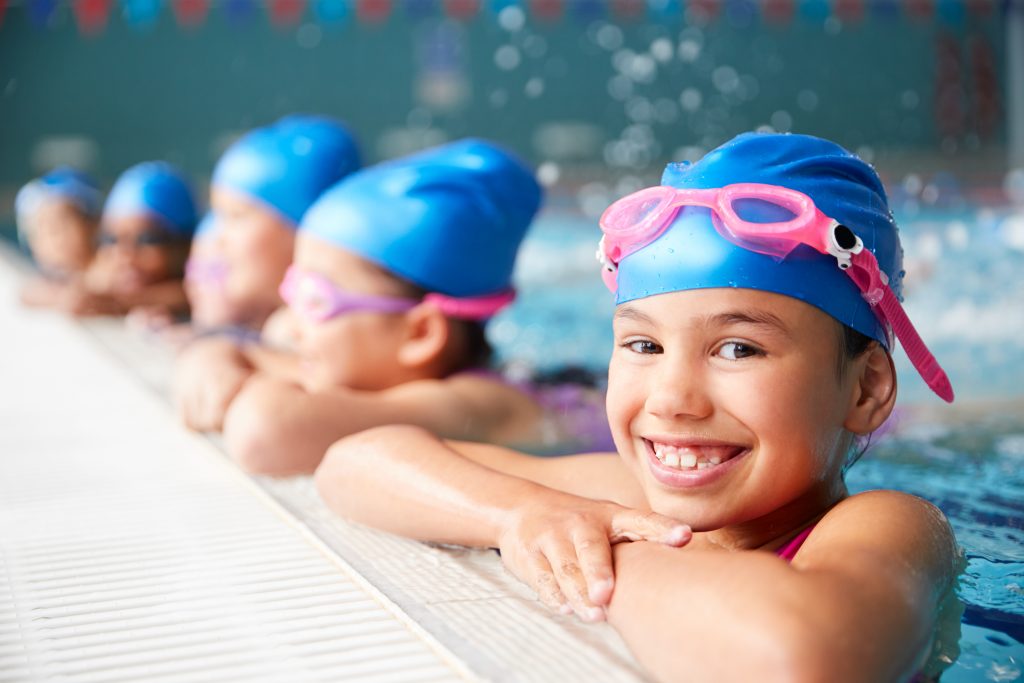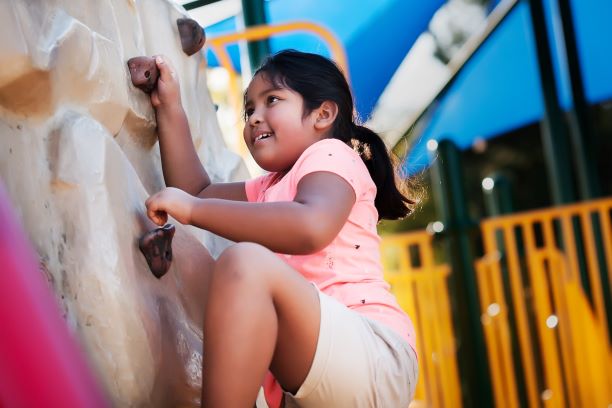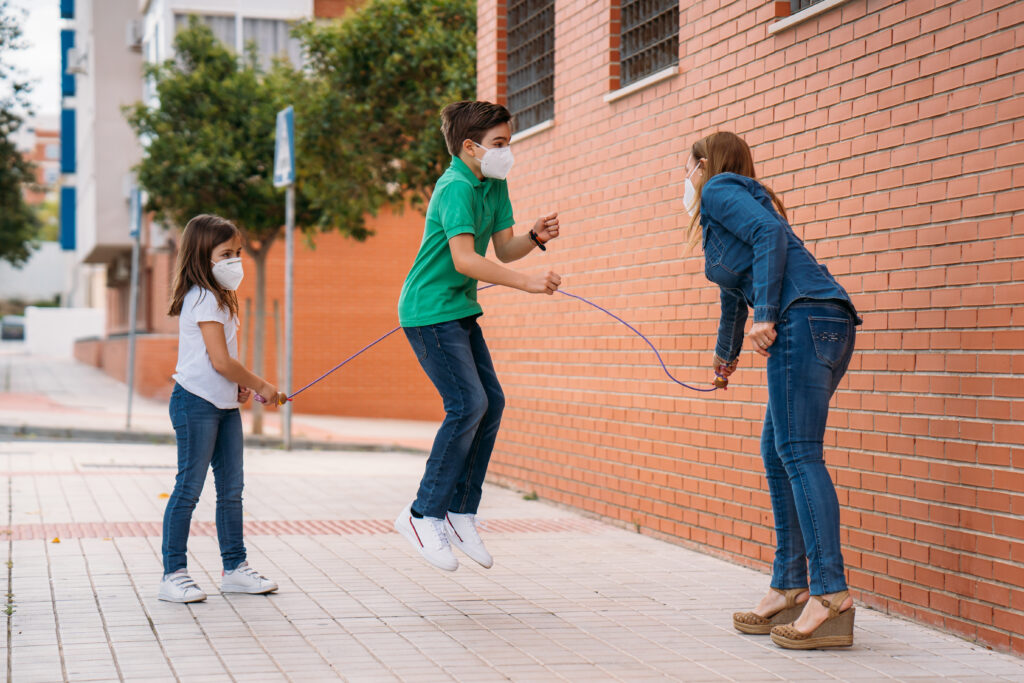World Humanitarian Day
People across the world live in areas affected by natural disasters, conflict and persecution. Sport can be used as a positive tool in these areas to promote positive change and give individuals the opportunity to be included in something meaningful. Through their Sport for Protection approach, the UN Refugee Agency uses sport for children and…
Athletes who ‘play-up’
‘Playing-up,’ or competing at a higher age level than a player’s actual age, can be both challenging and rewarding for youth athletes. According to new research, athletes who play up find the experience more positive when their teammates include them in group activities and coaches provide constructive feedback and encouragement.
Multi-sport participation
Youth who participate in multiple sports may be able to improve their performance in a given sport more quickly than their specialized peers. For example, in a study of 12-year-old soccer players, those who participated in multiple sports demonstrated greater improvements in match-play performance over the next 2 years than youth who were already specialized…
Peer-led education
Peer-led education programs, such as You-CAN, can help high-school students better understand and deal with a concussion. Because youth are strongly influenced by their social networks, peer education can shape students’ knowledge (what they know about concussion), attitudes (what they think about concussion), and intended behaviours (how they would act if they experienced a concussion…
Cultivating a mastery climate in youth sport

When children are asked about why they play sports, having fun is consistently ranked as the number one reason. Trying their best, being treated with respect and getting playing time are reasons that fall close behind. Winning, on the other hand, is ranked much lower, near the bottom of all reasons for playing sport (Visek…
Shraddha Yadav ( shraddha@inmotion.ca ) @ 07/26/2022 9:53 am
Current perspectives on multi-sport participation

Highlights What’s the best path to the podium? That’s the question behind the debate between early specialization and early diversification. Drawing on the example of some well-known champions like Tiger Woods or the Williams sisters, the early specialization camp argues that an early start in the athlete’s primary sport is essential for development of high-level…
You-CAN
The Youth Concussion Awareness Network (You-CAN) is a novel, peer-led program focused on concussion education and awareness for high-school students across Canada. Findings from the use of You-CAN program in school settings show that youth with higher concussion knowledge are more likely to report a concussion to an adult and to provide social support to…
Youth injury prevention
For youth soccer players, injury prevalence and patterns vary with age. A recent study found that injuries tend to increase as players get older. Joint sprains and bone stress injuries are most common in athletes aged 16 to 18, while younger athletes are more prone to growth plate injuries. Tailoring injury prevention measures to age…
Everywhere, all the time, anywhere: Why physical literacy matters

The loosening of COVID‑19 pandemic restrictions on sport and physical activity presents a unique opportunity to dramatically change how we engage young people in sport and physical activity. Pre-pandemic sport participation was marred by high dropout rates among girls and young women, youth from low-income households, and teenagers in general. Recent reports suggest that this…